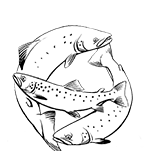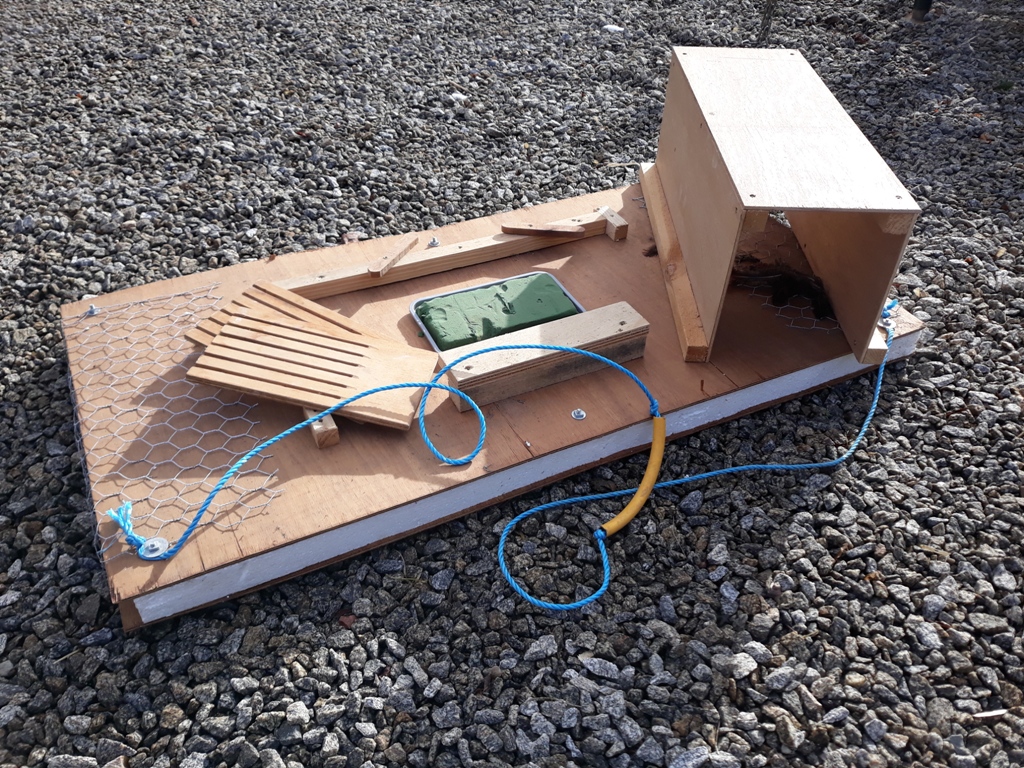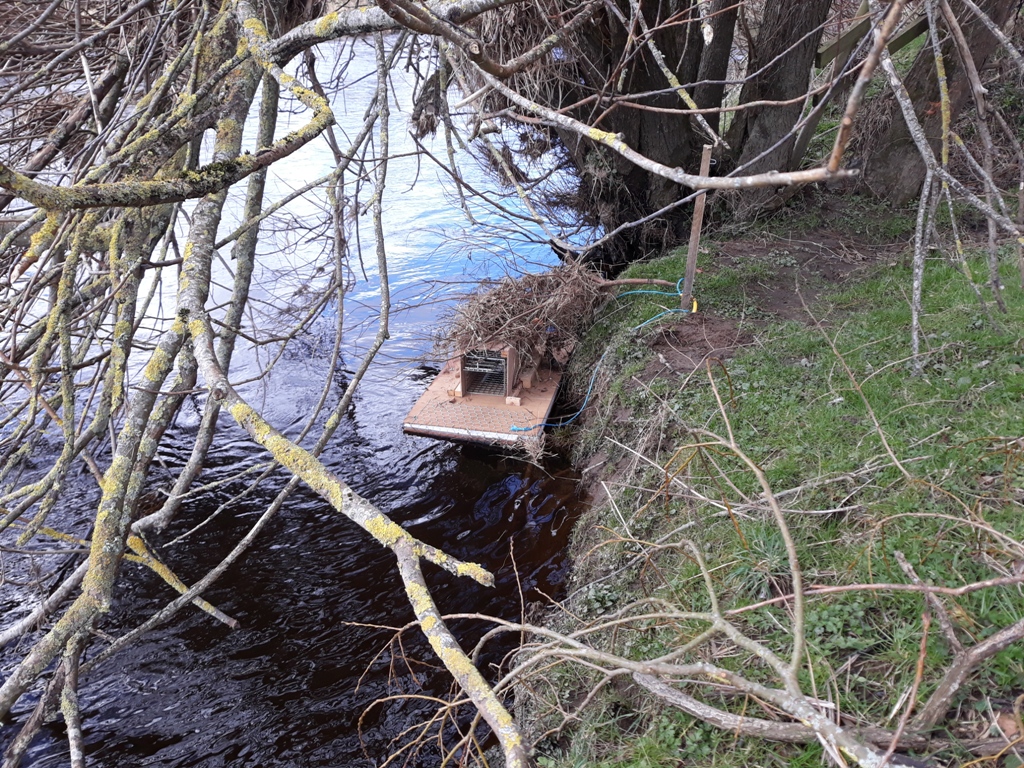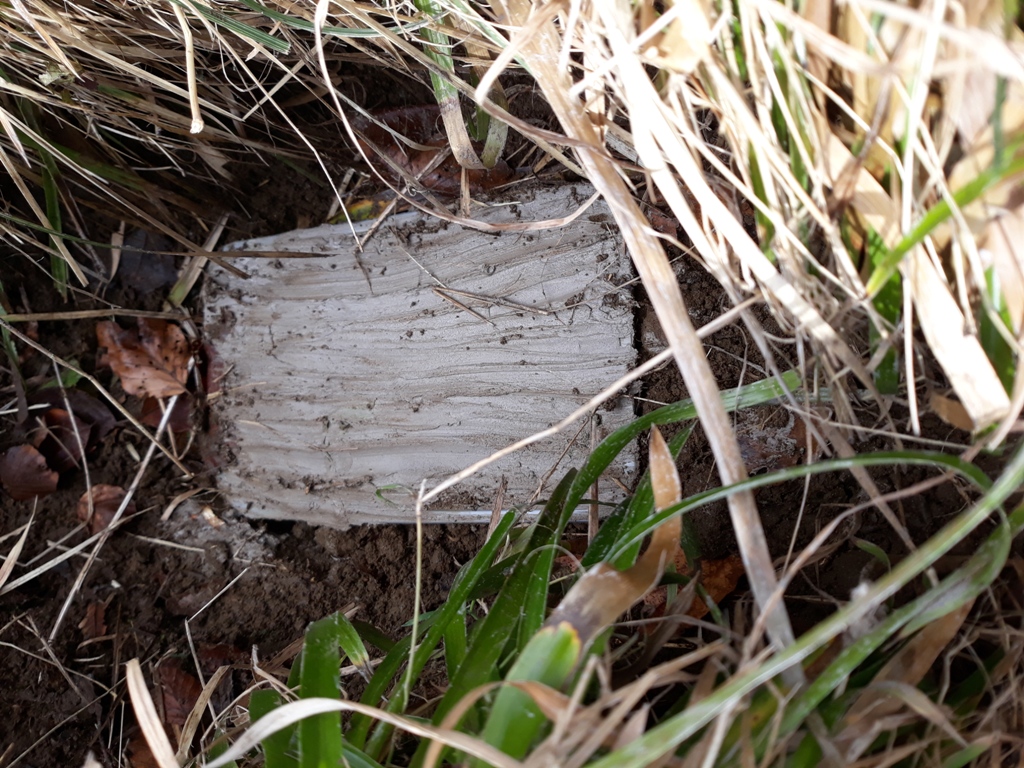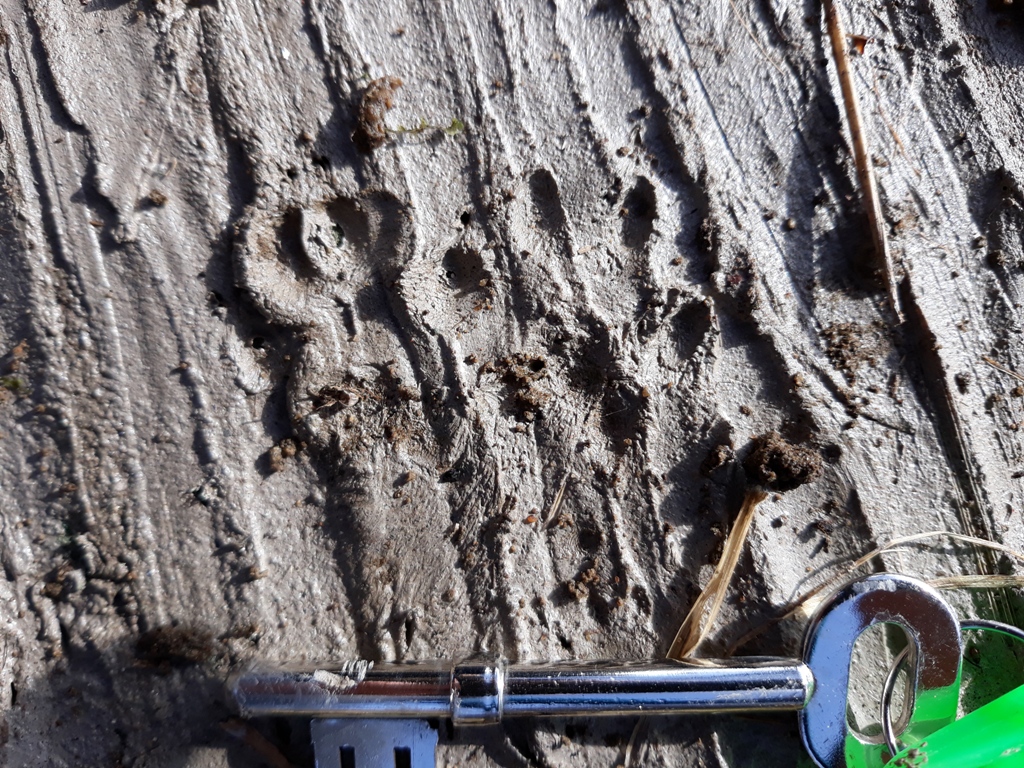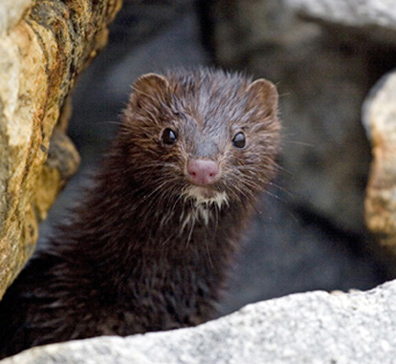 The American mink (Neovison vison) is a medium-sized member of the weasel family. The first American mink were brought to British fur farms in 1929 and all wild mink in Britain today are descendants of escapees. The natural wild colouring is a glossy dark brown, appearing almost black in some light. Commercial farming selectively bred much paler colours, hence most of those in the wild in Britain are a lighter brown.
The American mink (Neovison vison) is a medium-sized member of the weasel family. The first American mink were brought to British fur farms in 1929 and all wild mink in Britain today are descendants of escapees. The natural wild colouring is a glossy dark brown, appearing almost black in some light. Commercial farming selectively bred much paler colours, hence most of those in the wild in Britain are a lighter brown.
Mink spend up to 80% of their time in their dens, sleeping, grooming and eating food they have carried home. Frequently found near water, they are often mistaken for otters, although mink is in fact considerably smaller. Mink are a major factor in the decimation of the water vole population, because they are small enough to follow their prey down its burrow.
Biosecurity Impacts of the American mink
- Substantial evidence of detrimental impacts on native fauna including nesting colonial sea birds, inland waterfowl and aquatic mammals especially water voles
- Mink may also account for a large proportion of salmonid mortality in some river systems
- They also impact on economic activities such as fin-fish farming, river fisheries, game shooting, poultry farming and, indirectly, tourism, industries which contribute almost £50M p.a.
Mink Control – Trapping Using Mink rafts
Although trapping for mink can be effective on its own, it is much more effective and less time consuming to use mink rafts. A mink raft is a floating raft which uses a wetted clay pad to monitor the presence of mink (and other animal) footprints. Once mink have investigated the raft and have left scat or footprints, a trap can be placed under the wooden housing. Mink will generally be trapped within a few days. Mink rafts can then be moved to other locations to monitor if mink are present or not.
Locating the trap
Set traps where mink are most likely to encounter them – i.e. confluences of watercourses; inlets/outlets for ponds and lakes; where drains, hedges or fence lines meet watercourses; on or near notable bankside features such as weirs, old willow pollards, fallen logs or bridges; on islands, including artificial rafts; in or near culverts and so on.
- Avoid placing traps in the open, particularly beside public footpaths
- Avoid placing traps where they can be knocked or interfered with by cattle, sheep, badgers etc.
- Do not set traps in entrances to known otter holts – this is illegal.
Checking the trap
- Once the trap is set it must be checked daily (every 24hours) – this is a legal requirement.
- Ideally traps should be checked twice a day to release any non-target animals
- The best time of day to check traps is early morning (mink, and many other waterside animals are most active at night). Removing animals in the morning ensures that they suffer the least exposure to light and heat during the day.
- Some landowners install a small flag device which triggers when the trap is activated. This can be a visual aid to show when traps are occupied.
- Non-target species (e.g. otter, water vole, stoat etc) must be released.
- Consideration must be given as to how other pest species are dealt with (e.g. brown rats) if caught.
- Once a mink has been caught, it is illegal to release it back into the wild, or keep it captive without a licence.
Dispatching mink
- The only accepted way to kill captured mink is a clean shot through the head.
- Shooting should be done with a 0.22 calibre rim fire rifle, powerful air gun or shotgun (note that firearms require a licence or certification).
- Bullets with re-enforced tips are also recommended.
- To make shooting easier, use a wooden “comb” to corner the animal in one end of the cage.
Gallery
- The components of a mink raft
- A trap set on a raft next to the riverbank
- Fresh clay footprint trap awaiting footprints
- Clay pad inside a tunnel on the river bank
- Otter tracks on the clay pad






